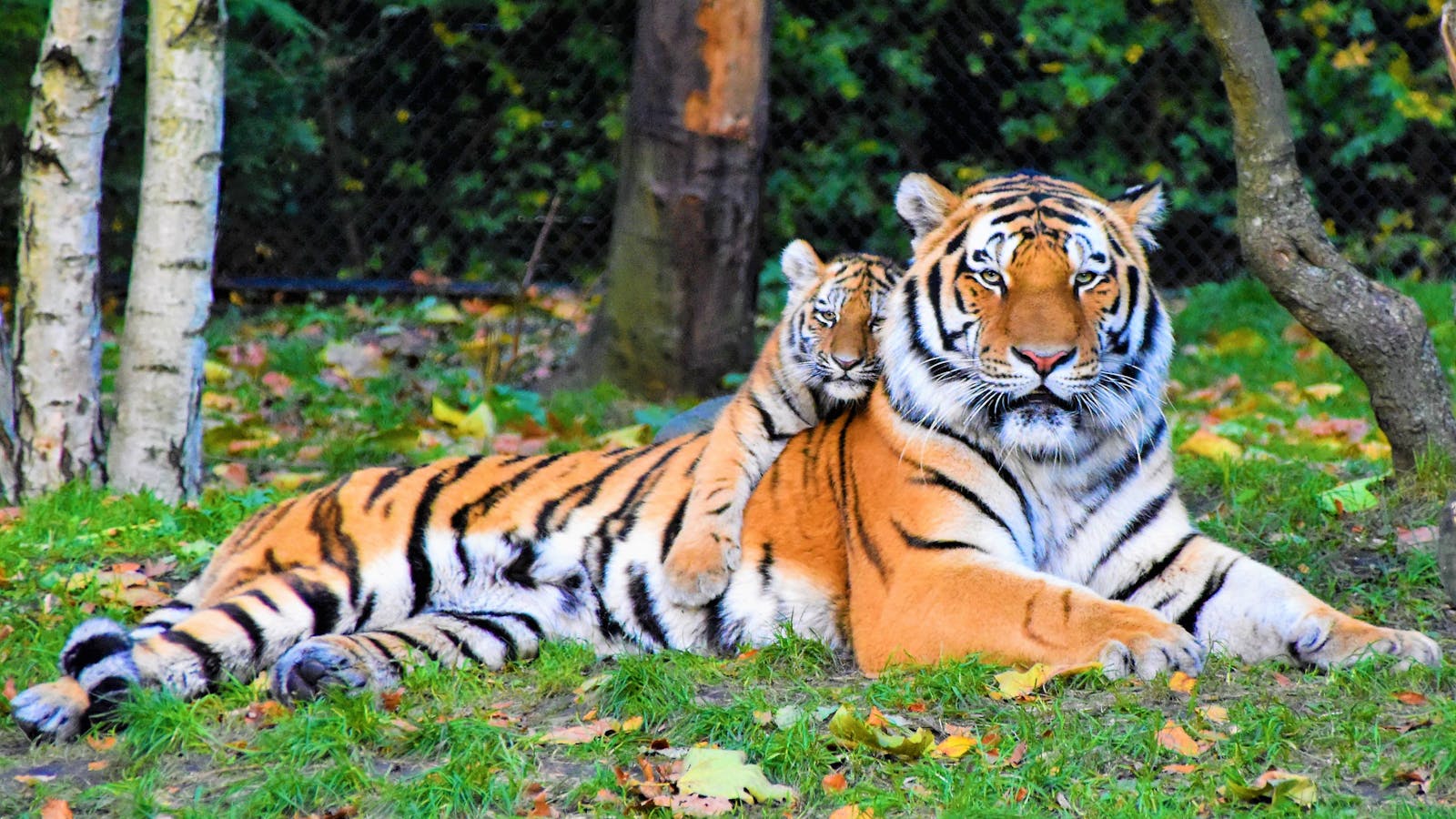A tiger’s gaze can freeze you in your tracks—those fiery eyes hold stories of midnight prowls, gentle nudges, and the quiet rustle of grass in the wild. Tigers have fascinated us for centuries, not just for their beauty, but also for their mysterious lives. Are they lone wanderers, or do they secretly crave company? The answer is as layered as their striped coats. Let’s wander into the world of tigers and discover how these majestic cats balance solitude with surprising flashes of social grace.
The Power of Solitude
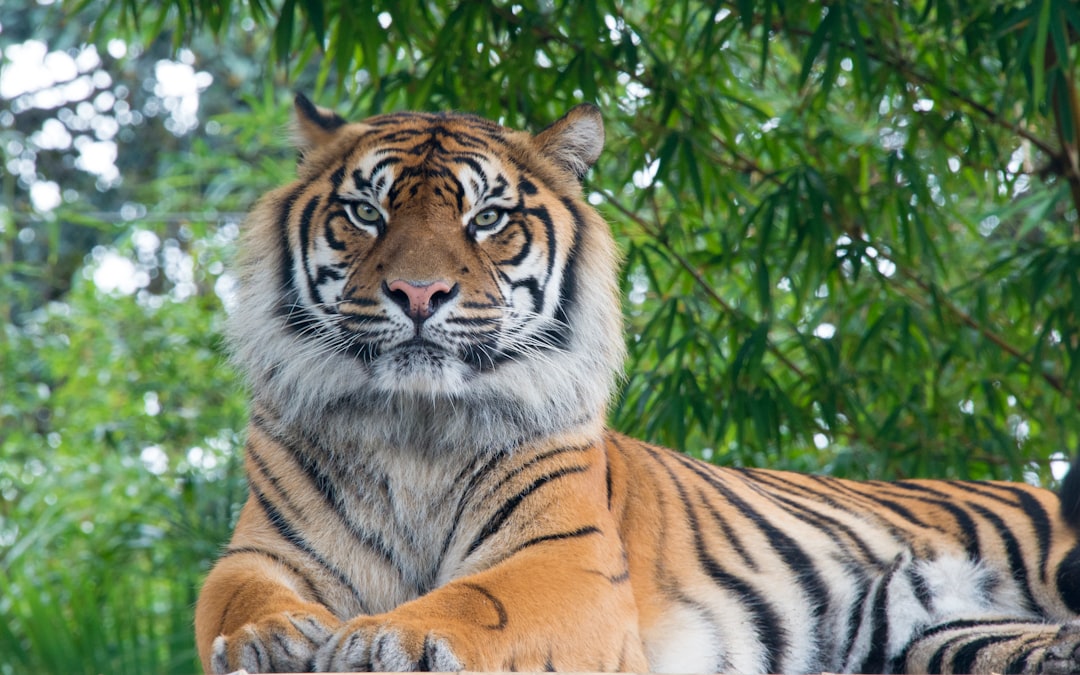
Tigers are famous for their solitary nature. Most of their lives are spent alone, stalking through dense forests or grasslands, patrolling vast territories that can stretch for miles. This independence isn’t loneliness—it’s a survival strategy, allowing them to secure enough food without competition.
Secret Social Networks
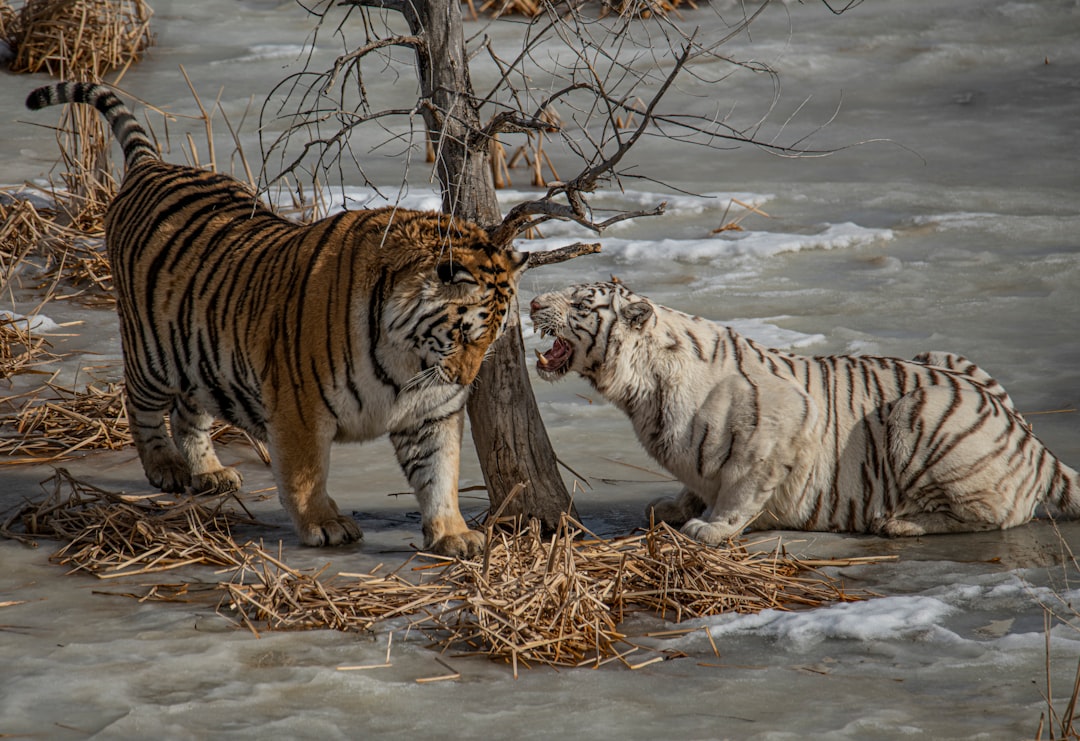
Despite their solitary reputation, tigers aren’t always alone. They have invisible social networks, communicating through scent marks, scratch marks, and even vocal calls. These subtle messages let neighbors know who’s around, keeping the peace in a world where meetings are rare but meaningful.
Motherly Bonds
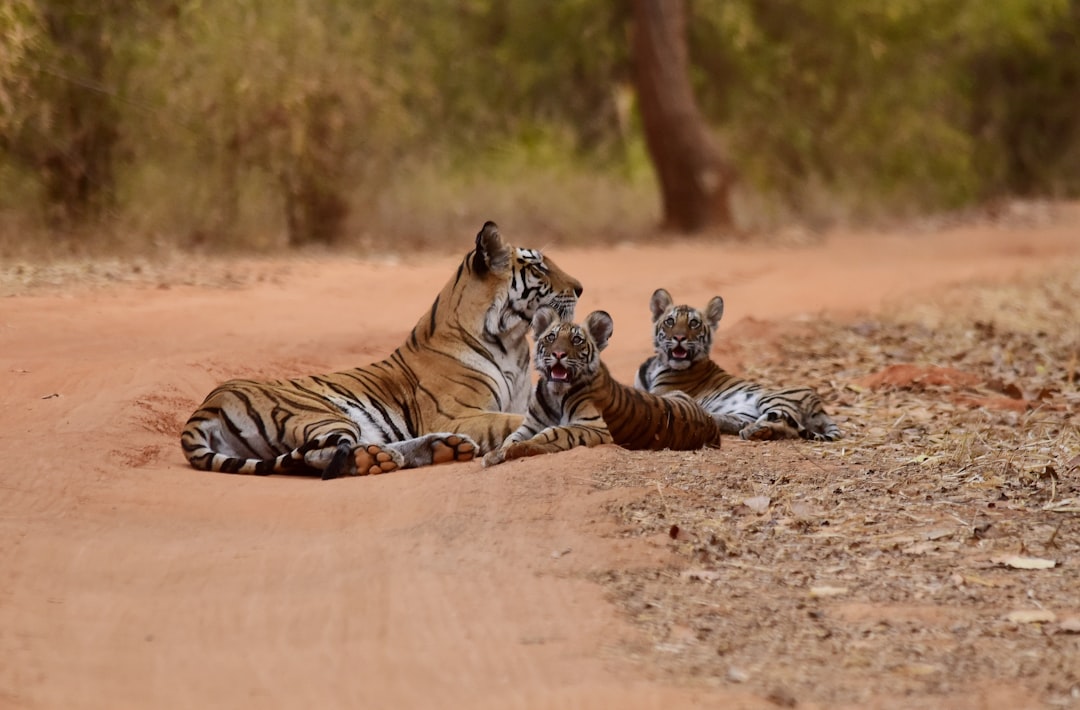
A tigress with her cubs is a portrait of strength softened by devotion, each moment infused with fierce love and unyielding responsibility. For the first few years of their lives, she is both shield and teacher—guiding them through forests, showing them how to stalk, and standing guard through sleepless nights. Her sacrifices are silent but immense, from missed meals to constant vigilance. In her quiet care, we glimpse the soul of the wild—not just survival, but deep, enduring connection.
Brothers and Sisters
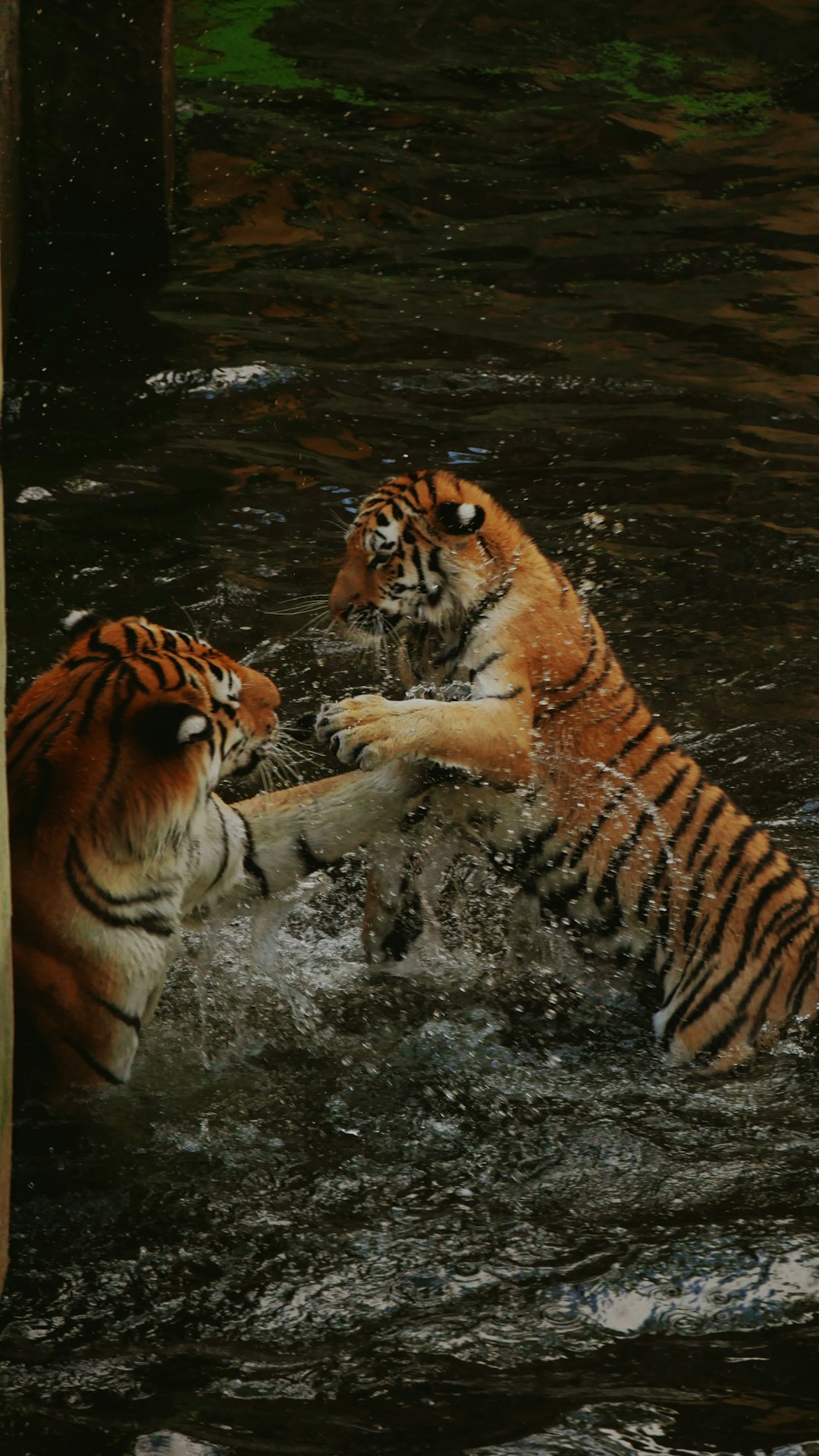
Tiger siblings share a playful, chaotic bond. Cubs wrestle, tumble, and chase each other through early life, learning vital skills for adulthood. These short-lived friendships are intense, shaping the way young tigers see the world before they eventually strike out on their own.
Fierce Fathers
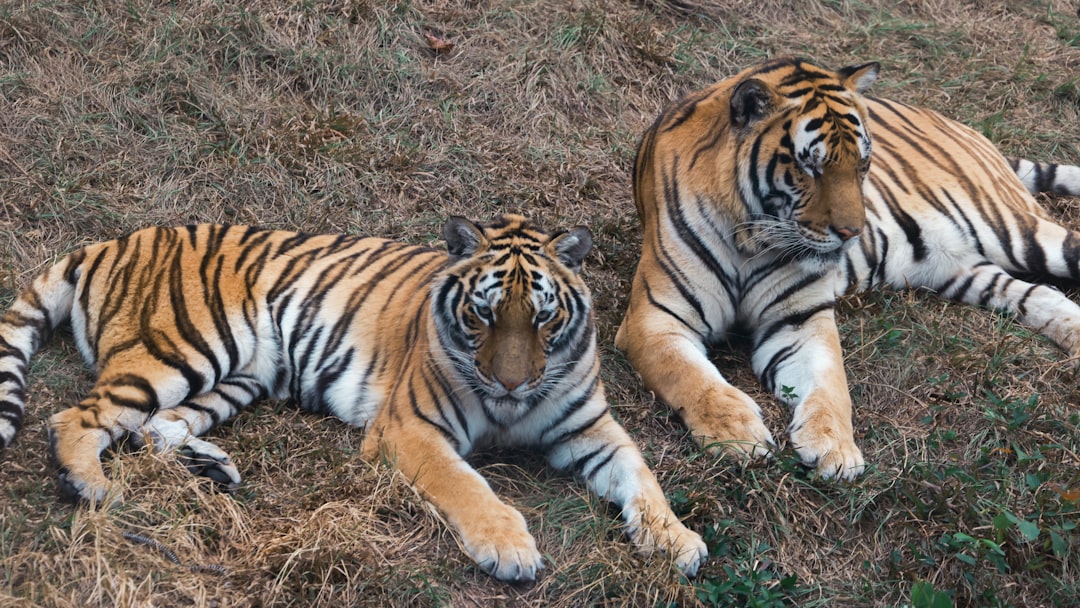
Male tigers may not stick around to raise cubs, but their presence matters. Some fathers tolerate their offspring nearby and even share a meal. While rare, these moments break the myth of the heartless predator and show a surprising thread of social tolerance.
Sharing Kills
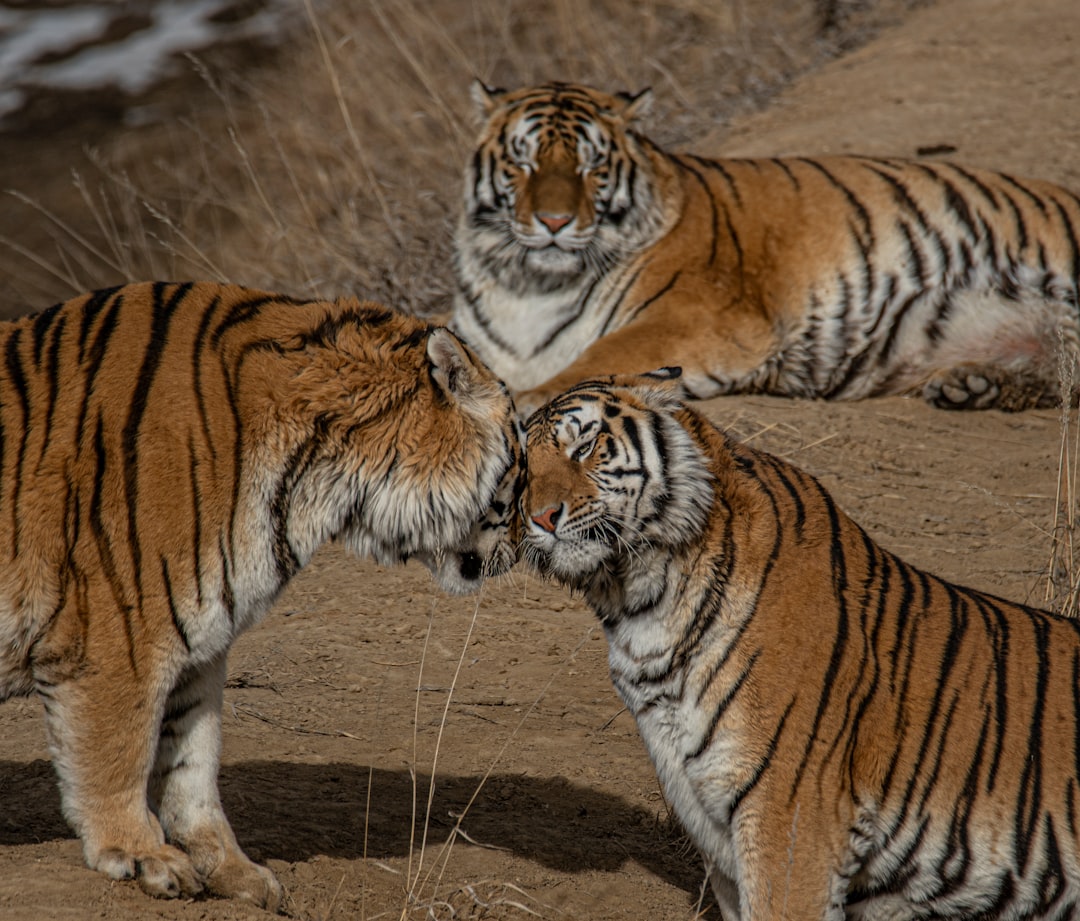
In a world where every meal is a battle won, it’s striking to witness a tiger step back and share. A mother patiently letting her cubs eat first, or a dominant male allowing his mate to feed beside him, reveals a quiet code of compassion beneath the stripes. These rare moments of generosity shine through the harshness of survival, reminding us that even the fiercest predators are capable of grace. In the jungle, power doesn’t always roar—it sometimes yields.
The Mystery of Territory
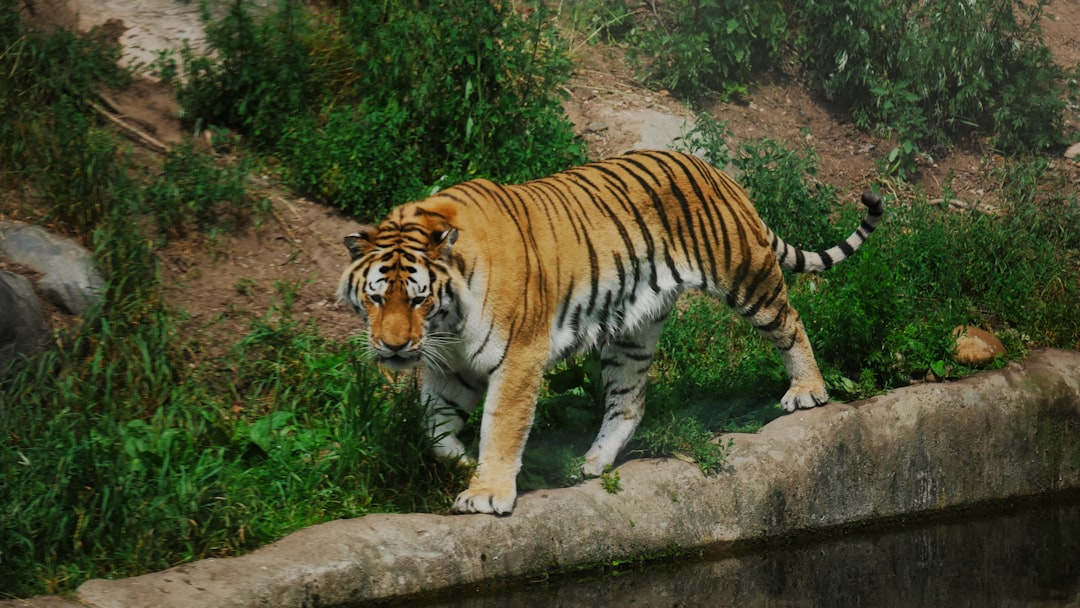
Tigers navigate a world of scent and space, marking their territories with claw marks, scat, and pungent sprays that linger on trees and rocks. Though solitary by nature, their ranges often overlap—particularly where a dominant male’s territory encompasses those of several females. This subtle intersection creates a silent network of connection, where paths cross not by accident, but by design. In this quiet geometry of the forest, meetings are rare but meaningful, especially during the fleeting moments of courtship.
Love in the Jungle
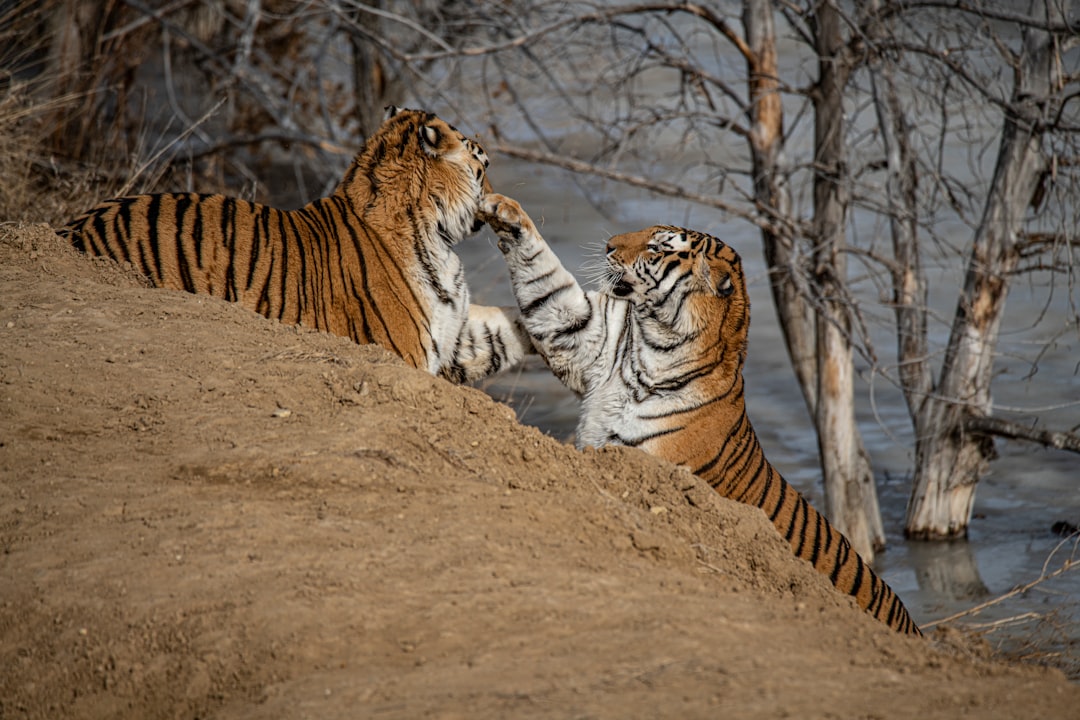
Mating season brings tigers together for brief, passionate encounters. For a few days, they are inseparable, vocalizing and resting close by. These fleeting romances are vital for the next generation and are the rare times adult tigers willingly share space.
Vocal Conversations

Tigers possess a vocal range as vast as their territories, using everything from deep growls to moaning calls and piercing chuffs to communicate. A roar rolling through the jungle isn’t just noise—it’s a declaration, a boundary, a call to kin or rival that can travel over two miles. These vocal signals cut through dense forests and silence, stitching distant individuals together in an invisible web. In every echo, a tiger leaves its mark not just on the land, but in the very air that surrounds it.
Scents of Belonging
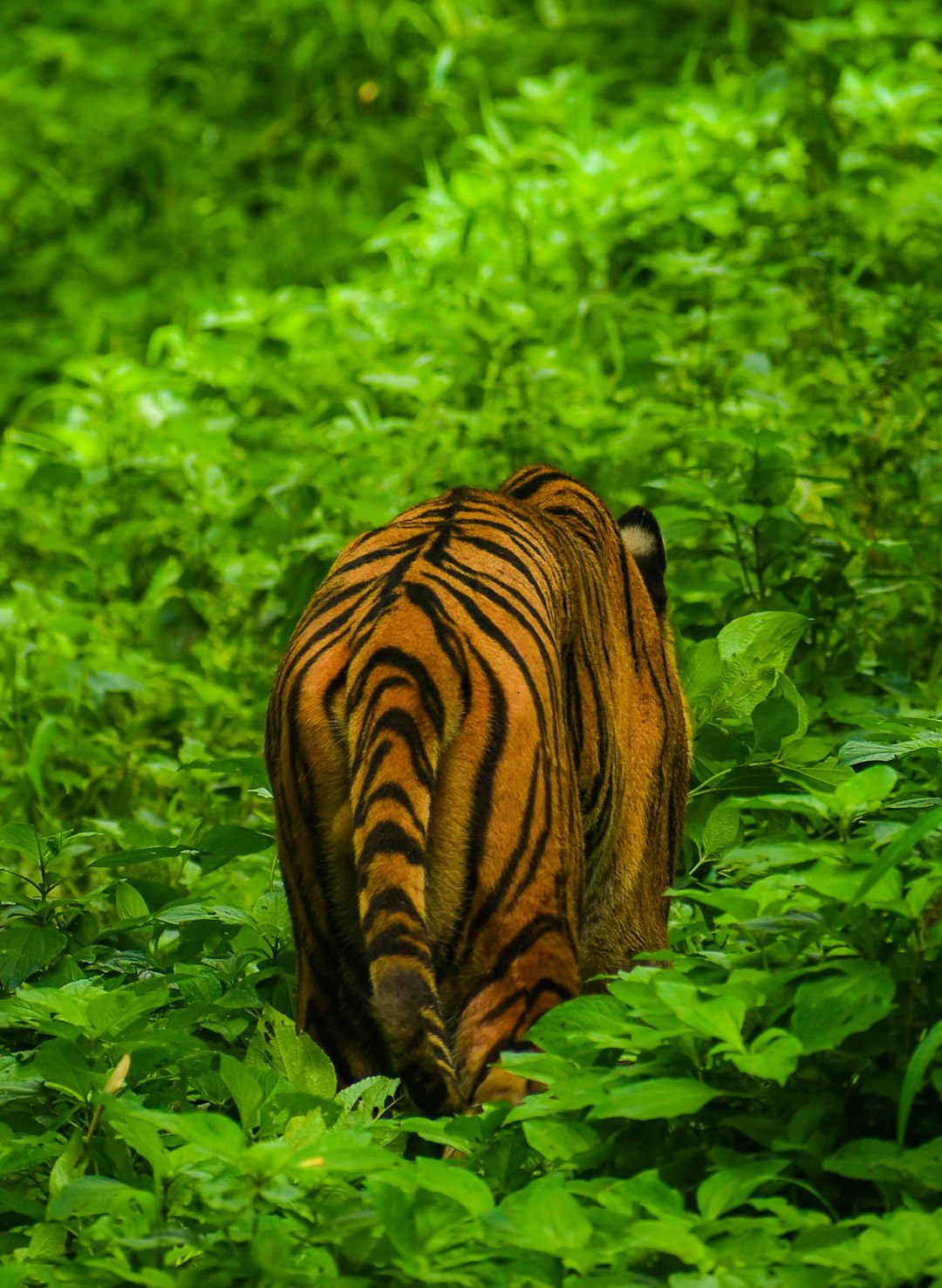
Scent is the tiger’s language of the unseen, a coded message left in swipes and sprays across bark and leaves. With a single rub or mark, a tiger can signal its presence, strength, and intentions to rivals or potential mates. It’s a communication system that lingers long after the tiger has passed, painting a fragrant map of who rules where and who’s passing through. In this olfactory dialogue, every trail tells a story only another tiger can read.
Eyes that Communicate
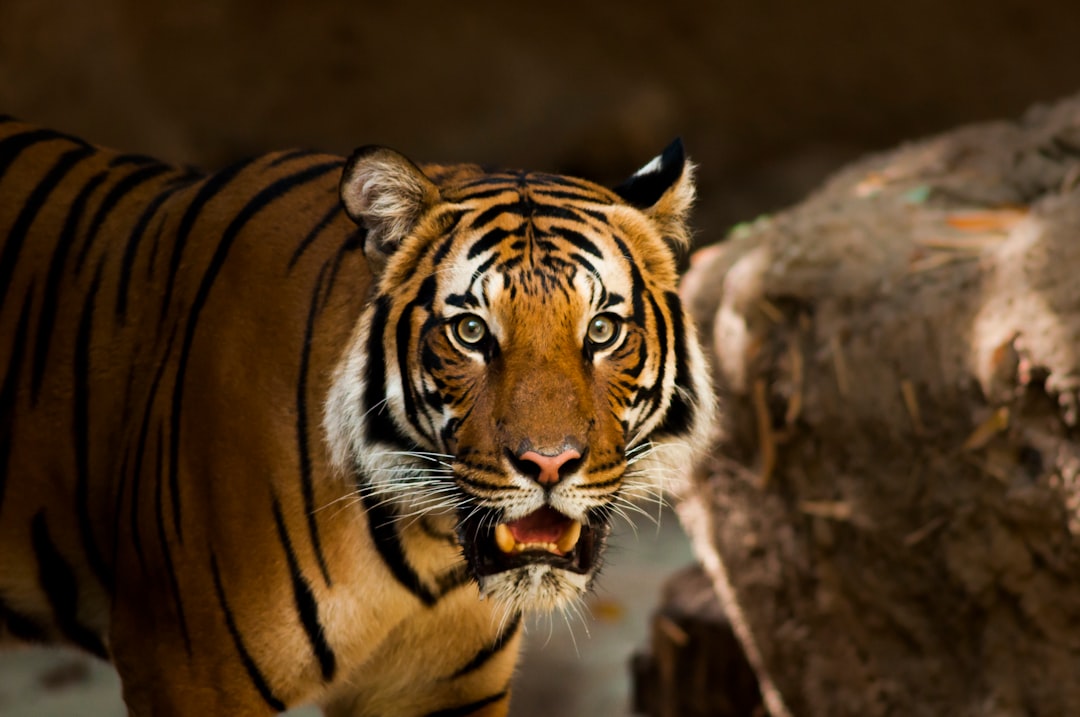
A tiger’s gaze carries a language all its own—intense, intelligent, and deeply nuanced. A slow blink can calm a nervous cub, while a steady, unbroken stare might freeze a rival in place. These subtle eye movements convey trust, tension, or tenderness without a sound, weaving emotional threads between solitary souls. In their golden eyes, the jungle speaks softly but powerfully, revealing a hidden emotional depth behind the predator’s mask.
Nighttime Encounters
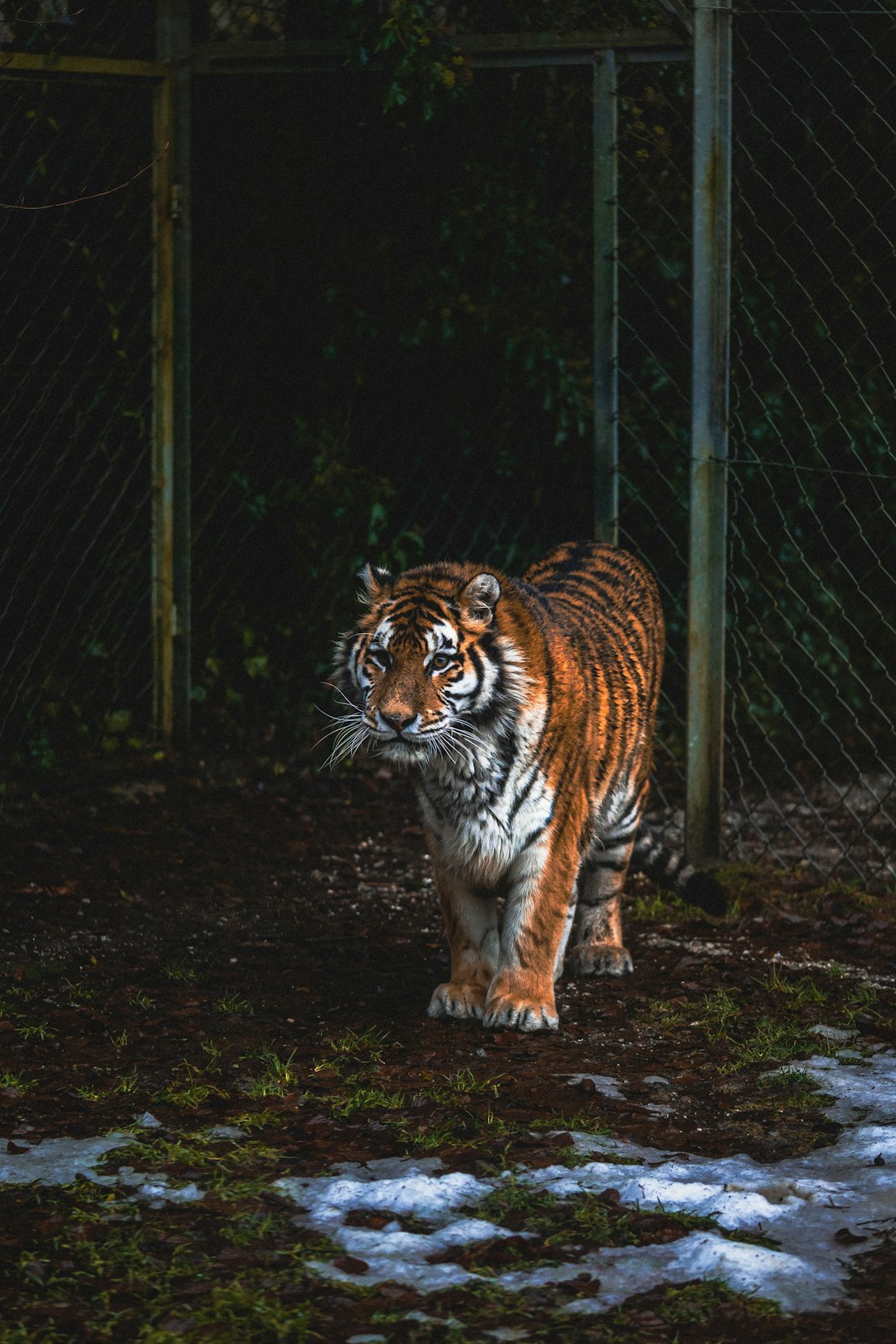
Most tiger encounters unfold in the stillness of night, when shadows stretch long and the forest holds its breath. A mother’s soft chuff as she calls for a lost cub, or the low growl exchanged between rivals at the edge of overlapping territories, carries weight beyond words. These moonlit meetings ripple through their hidden world, setting boundaries, forming bonds, or igniting silent stand-offs. In the dark, the drama of tiger life is at its most raw and unguarded.
The Comfort of Familiar Paths
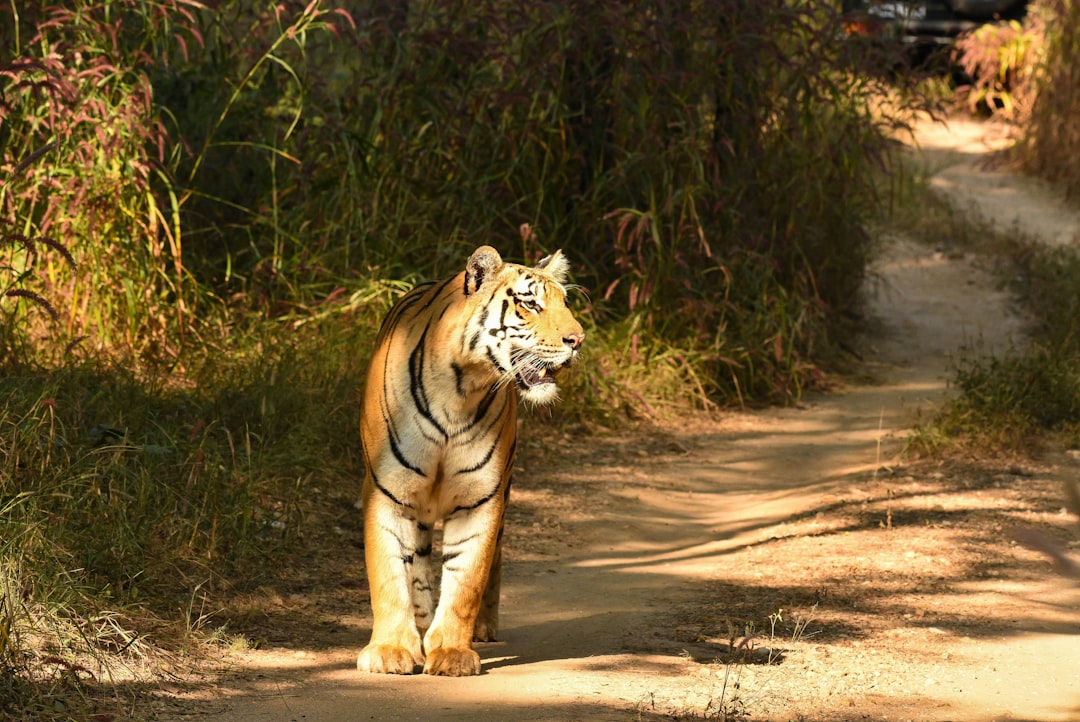
Tigers tread ancestral paths etched into the forest floor, their massive paws falling where countless others once stepped. These “tiger highways” are more than shortcuts—they’re scented storylines, layered with history, dominance, and quiet belonging. Though tigers are solitary, these shared routes connect them across seasons and generations, as if the land itself remembers. In every silent step, the past walks alongside the present, stitching each tiger into the ancient rhythm of the wild.
Silent Support Systems
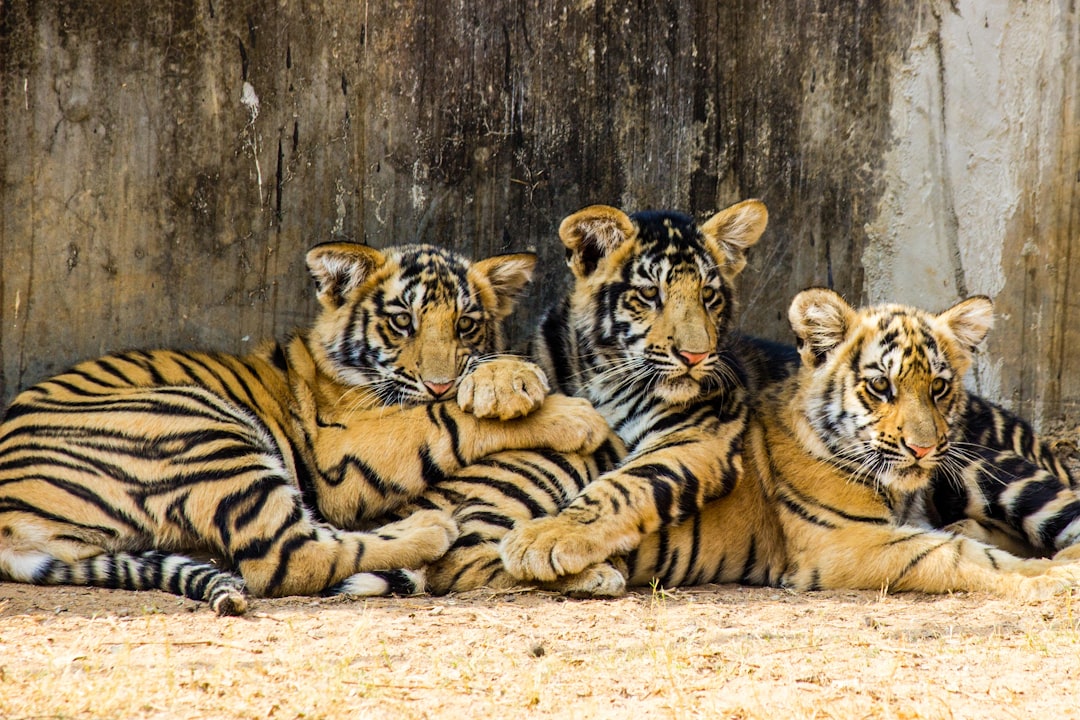
In moments of scarcity, when survival often demands selfishness, some tiger mothers defy instinct—nurturing orphaned cubs or allowing others to share in a hard-won meal. These extraordinary acts suggest a quiet emotional intelligence, a capacity for empathy that transcends pure survival. Though rare and fleeting, such gestures hint at bonds and choices rooted in something deeper than instinct. In the harsh wild, compassion becomes all the more powerful for its rarity.
Emotion Beneath the Stripes
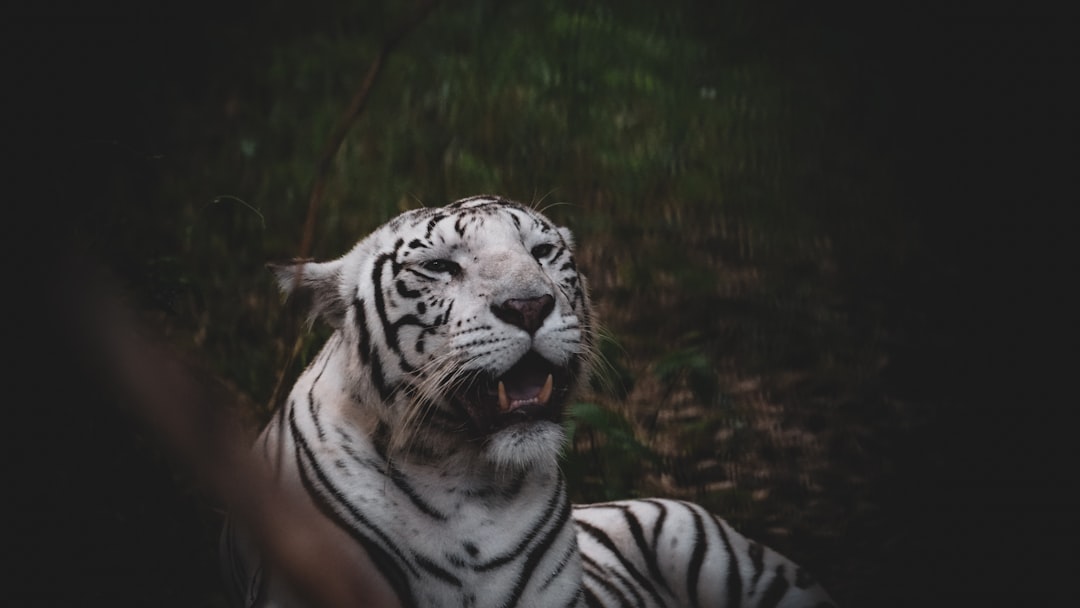
Tigers are not just creatures of muscle and instinct—they carry within them a well of emotion as vast as the landscapes they roam. A mother may linger at the site where a cub was lost, pacing or calling softly into the silence. Siblings raised together often show recognition and affection if paths cross again, even after years apart. Though we rarely see it, their inner lives ripple with feeling, as mysterious and moving as the jungle itself.
Mystique of the Shadow Cat
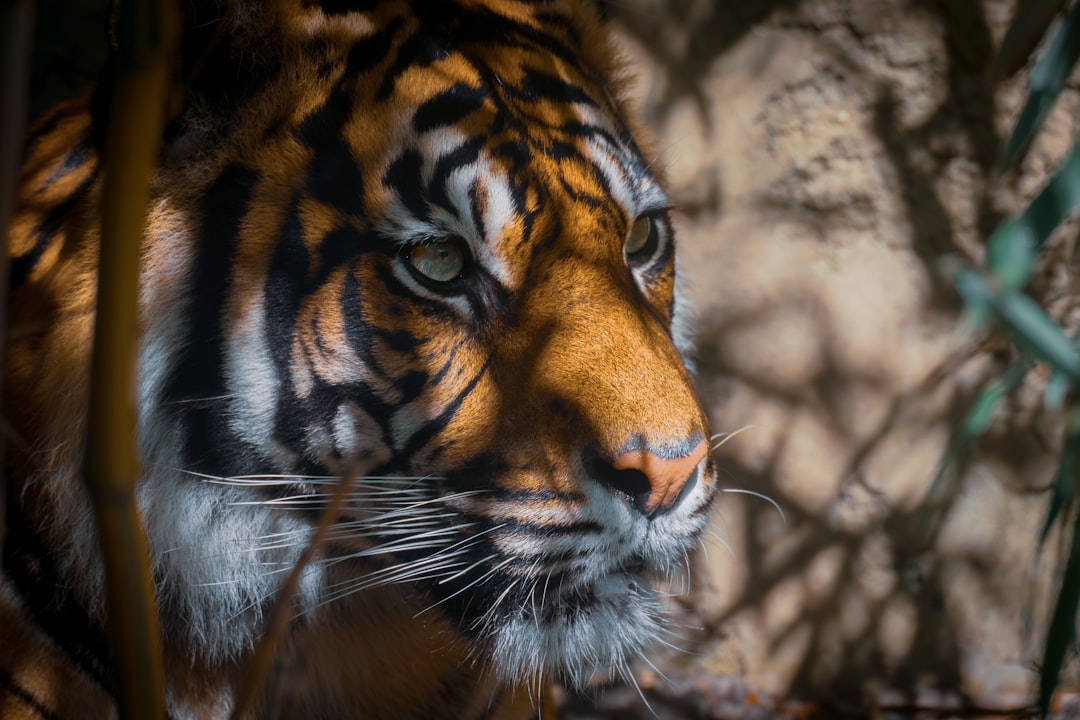
A tiger’s stripes aren’t just beautiful—they’re functional masterpieces of concealment, breaking up its outline in dappled light and dense foliage. This natural camouflage turns the largest cat in the world into a ghost, present yet unseen. It allows tigers to stalk prey, avoid conflict, and retreat into solitude on their own terms. In every stripe lies a choice: to appear, or to disappear.
Playful Moments
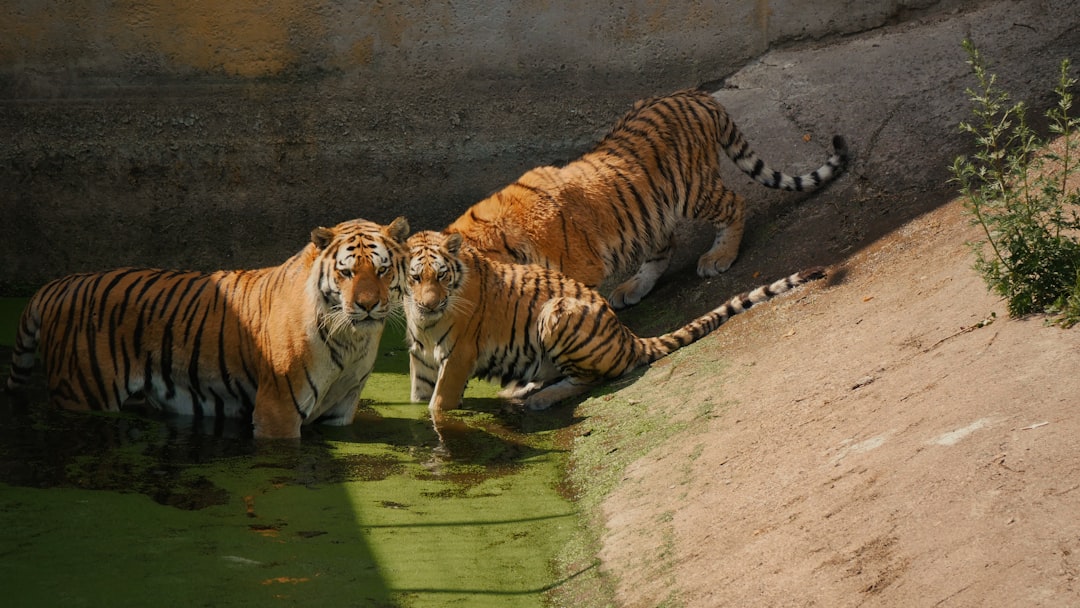
Even apex predators need moments of levity—tigers tumble, swat at leaves, and chase shadows with childlike delight. For cubs, every playful pounce sharpens future hunting skills, but it’s also laughter written in movement. Adults, too, sometimes roll in mud or plunge into streams, shedding their menace for a fleeting dance of joy. In their play, we glimpse the tiger not as a symbol of fear, but as a living being full of spirit and wonder.
Territorial Tensions
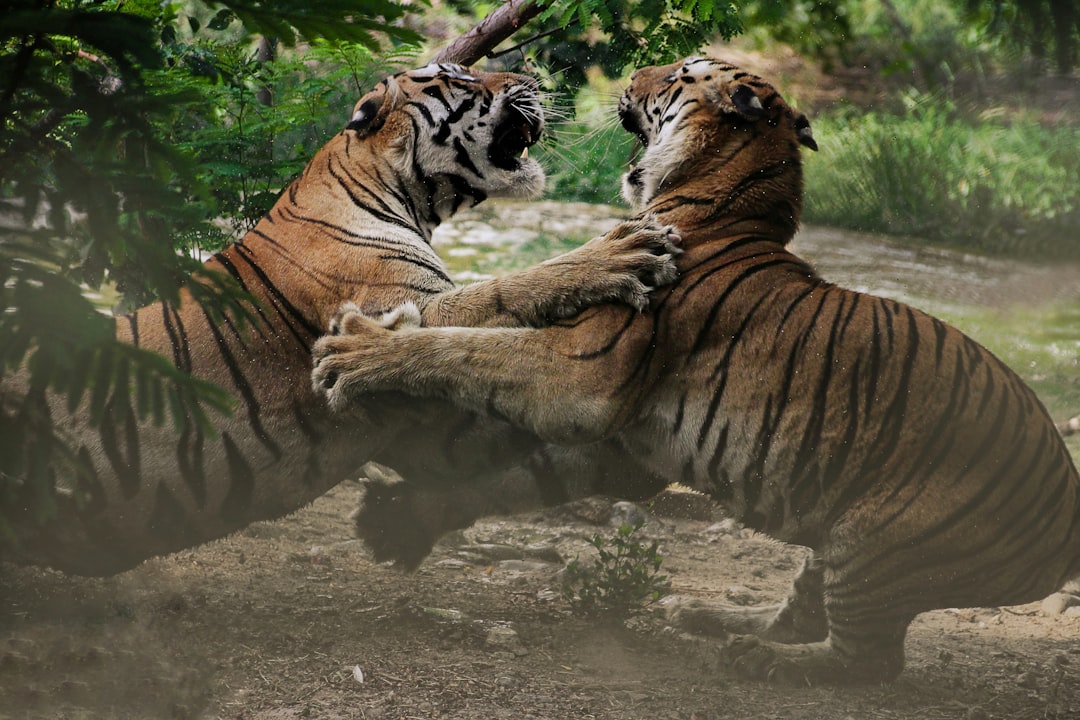
When two tigers meet by chance, the forest seems to hold its breath—ears flatten, tails twitch, and eyes lock in a silent calculation. A single growl or sudden charge can decide dominance, but often it’s a tense standoff, each cat weighing the cost of a fight. These rare encounters are high-stakes moments where instinct, posture, and sheer willpower speak louder than claws. In the quiet aftermath, the jungle returns to calm, its balance momentarily tested and restored.
Signs of Affection
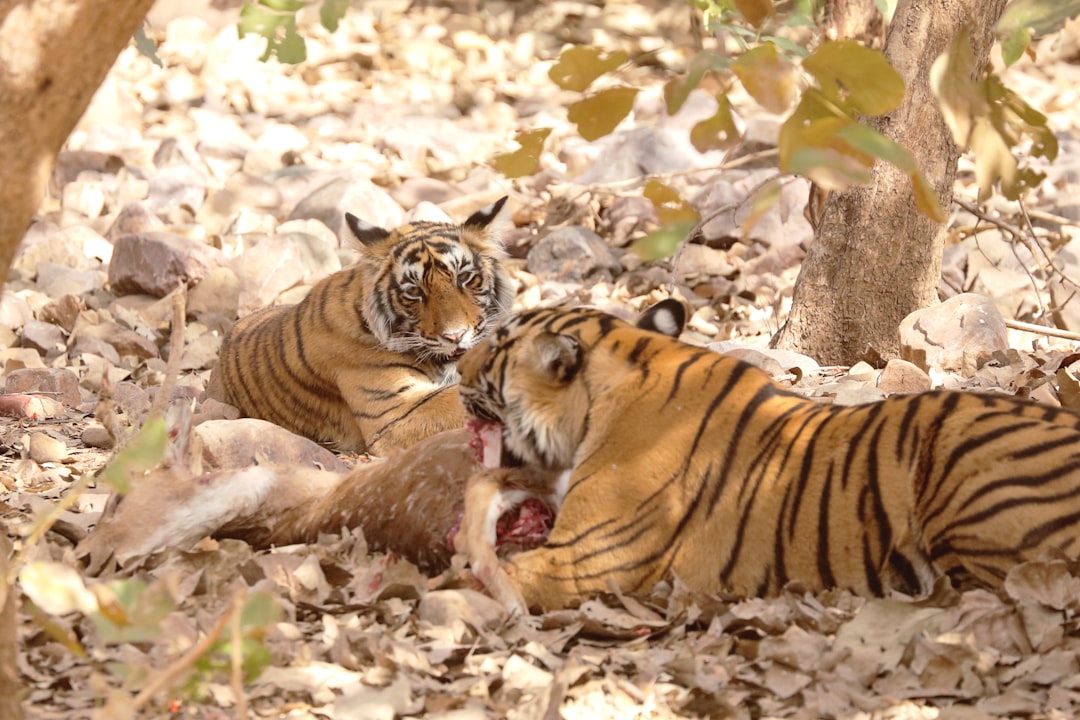
Affection in a tiger’s world is quiet but deeply meaningful—a soft chuff shared at close range, a head pressed gently into fur, or a slow tail flick that brushes against a sibling. These subtle signals carry immense emotional weight, especially between mothers and cubs, where every touch reinforces safety and belonging. In the silence of the forest, such gestures speak more powerfully than roars. They remind us that even the fiercest hearts crave closeness.
Conservation Connections
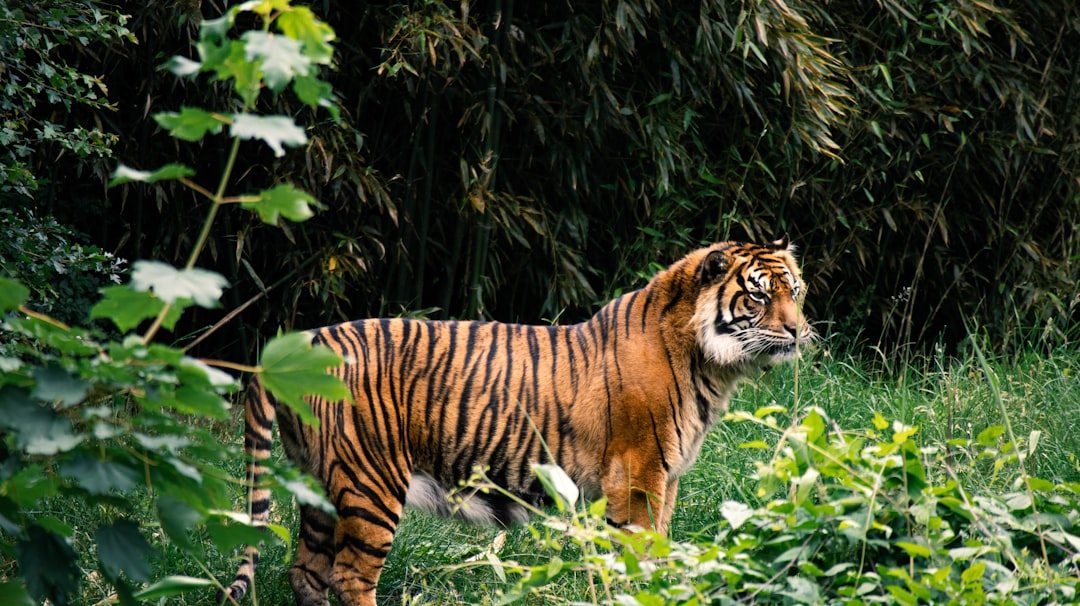
Every tiger anchors an entire ecosystem—its territory not just a home, but a living network of balance and biodiversity. Where tigers thrive, so do forests, water sources, and species from tiny insects to mighty elephants. Though their social lives are subtle and often unseen, each tiger’s movement, hunt, and scent-mark helps regulate the wild like an invisible pulse. To protect a tiger is to protect the very rhythm of nature itself.
Adaptability in Changing Landscapes
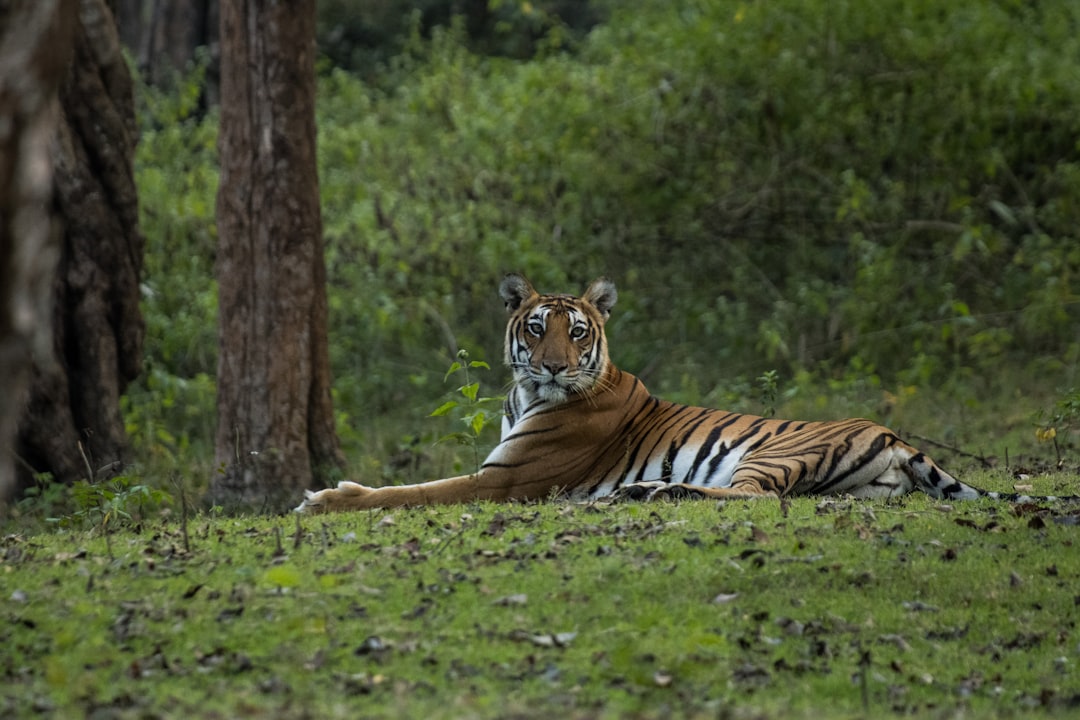
Tigers are no longer just creatures of deep wilderness—they’re becoming masters of the edge, adapting to life alongside farms, villages, and roads. Their social behavior, once rigidly solitary, is showing surprising flexibility: mothers may tolerate older cubs longer, and overlapping territories suggest quiet negotiations rather than constant conflict. In the face of habitat loss, this adaptability is their greatest strength. The wild is changing, and tigers are learning to bend rather than break.
Legends and Lore
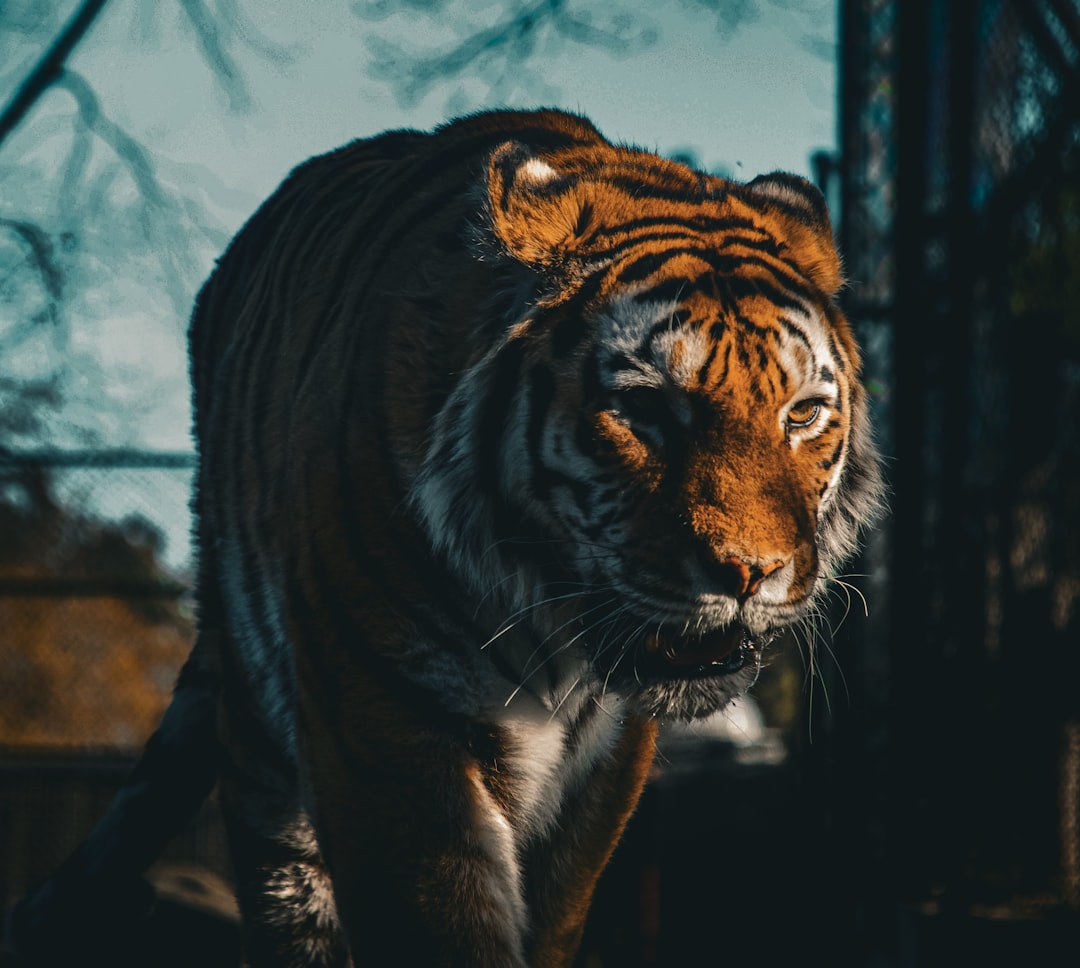
Across continents and centuries, tigers have prowled through folklore as symbols of power, guardians of the spirit world, and messengers between realms. In Asia, they’re painted on temples, etched into armor, and whispered about in bedtime tales—not just as beasts, but as forces of nature and fate. Their elusive presence stirs something primal within us, mirroring our own desire to walk boldly yet remain unseen. In every legend, the tiger roars not just in the forest, but in the human heart.
Echoes in the Wild
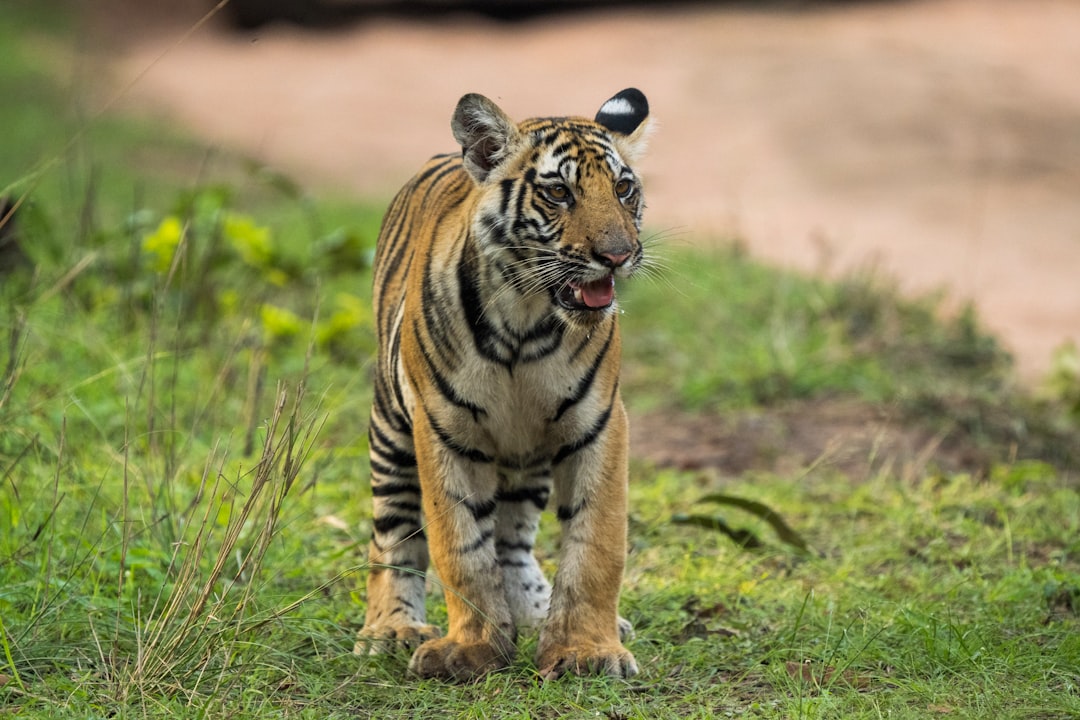
A tiger’s world hums with quiet power—the thunder of a distant roar, the chirp of a hungry cub, the nearly soundless footfall that marks a hunter’s passage. These sounds, rare and sacred, echo through forests that depend on their presence. Each tiger is more than a predator; it’s a keystone, a guardian of ecosystems shaped by ancient rhythms. To hear one is to know the wild still breathes.
Hope for the Future
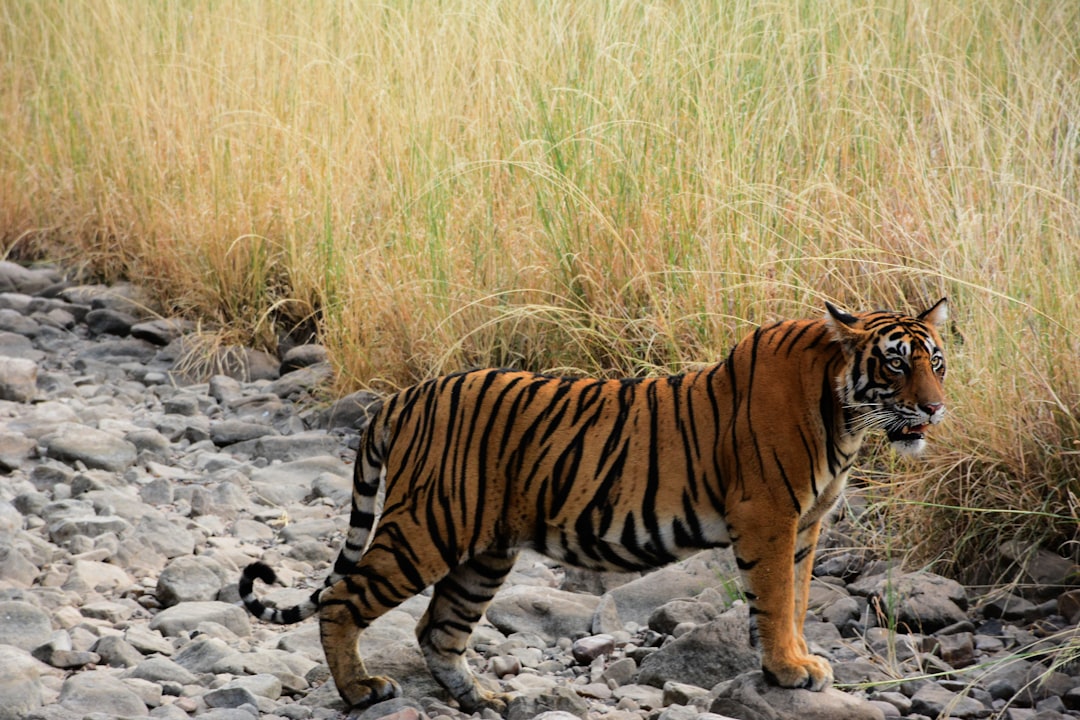
Though tigers move through the world in solitude, their presence resonates far beyond a single set of paw prints. Each silent step stirs prey, shapes forest paths, and leaves a ripple in the hearts of those who dream of the wild. They are threads in a vast tapestry of life, linking ecosystems, human cultures, and ancient myths. To protect a tiger is to protect the unseen ties that bind us all to something greater, wilder, and deeply alive.
The post
How Tigers Are Both Solitary and Social
appeared first on
.

